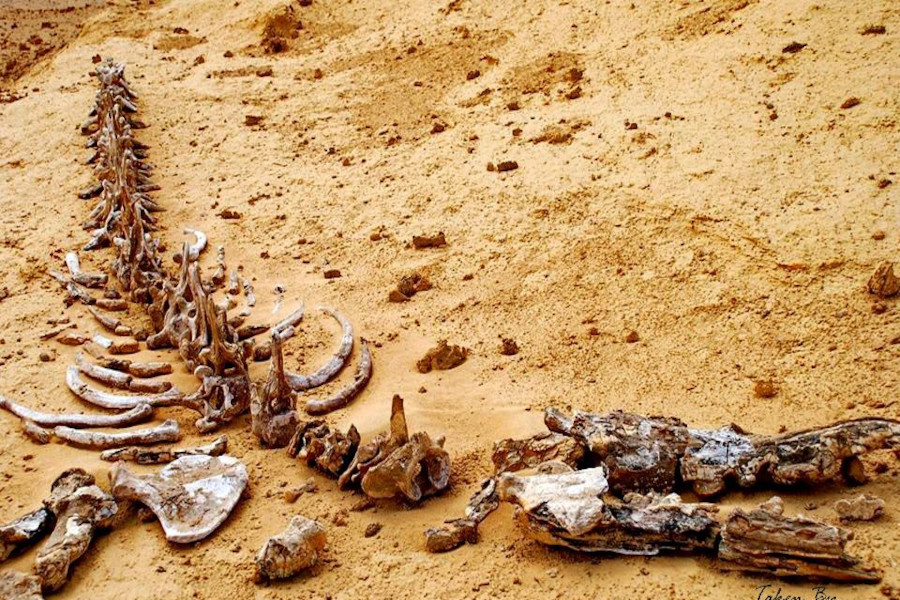Wadi Al Hitan Tour
★★★★★ 5 / 5 306 ReviewsDay trip to Fayoum oasis with jeep safari into the desert to Wadi al-Ryan waterfalls, Wadi el-Hitan skeletons of ancient whales and a visit to a pottery paradise - Tunis village.
Wadi Al Hitan location
Wadi Al Hitan "Valley of the Whales" is a paleontological site located 150 km far from Cairo, the distance from Cairo to Wadi Al Hitan takes around 150 km, it takes 90 minutes by bus to reach the location. The valley covers an area of 400 km²
The importance of Wadi Al Hitan
The importance of Whales valley Protectorate is that provide dramatic evidence of one of the iconic stories of evolution due to finding complete skeletons of whales in the desert, dating back to 40 million years ago, which confirms that the region at this date was part of an ocean that contained many aquatic life. The place is famous for the first fossil whale skeletons discovered there in 1902.
The Whales Valley was chosen by UNESCO as the best World Heritage area for whale skeletons in 2005 and accordingly it was designated a World Heritage Area. It contains fossilized structures of whales and many marine creatures of that time, this area of the ocean was known as the Tethi Sea.
There are many rare whale fossils there, about 400 varieties, as well as the skeletons of many other animals and fishes, such as sharks, bony fish, mermaids, dolphins, sea snakes, sea cows, sea urchins, turtles, crabs, rays, mangroves and the dinosaur of "Basilo Source" species, which reaches a length of about 22 m.
Now a modern display together with a Climate change museum is constructed at the spot. You have to allow at least 2 hours for the full 3 kilometers walk in Wadi Al-Hitan, in case you want to explore the exposition at its best. Alternatively take a shorter loop if you are out of energy for the complete tour.
What is Tunis village Fayoum?
On the way to Wadi el-Rayan we will pass a small village called Tunis. Let's have a short break there to see what is the village famous for, that attracts foreigners and local visitors alike. Located on a hill facing a large salt water lake, the village overlooks a stunning view of the edge of the desert on the other side of the lake. It is one of the most beautiful places in Egypt.
What to do in Tunis village?
Thanks to a Swiss lady who started her Pottery studio back in 80th in Tunis village, the ordinary village turned into a reputable center of a modern pottery and an open air museum of both eco and traditional rural buildings. This small village is mostly inhabited by artists and writers. Small art galleries and pottery workshops, with the loveliest array of serving plates, dishes, cups and mirrors with each piece finely drawn and crafted by hand are everywhere around the village.
Where is Wadi el Rayan?
Wadi el-Rayan is a large depression in the desert west of Fayoum. Nowadays water flows into this originally dry basin, 43 meters below sea level, to form two large lakes. The northern lake lies higher than the southern, so the reed-clad channel linking the two lakes ends in a row of falls a couple of meters high. These are the famous shalalat (waterfalls) of Egypt, perhaps the only one.
- ✓ Pick up and drop off from your Cairo hotel
- ✓ Private tour by 4x4 jeep
- ✓ Visit to Wadi el-Hitan protected area
- ✓ Climate change museum tour
- ✓ Stop at Tunis village
- ✓ Wadi el-Rayan photo tour
- ✓ Entrance fees to the protectorate
- ✓ English speaking guide
- ✓ Lunch and breakfast at locals
- ☓ Extra activities at Tunis village
- ☓ Any extras not mentioned in the program
- ☓ Tipping
- Bottle of water
- Comfy shoes and suitable outfit
- Documents
- Extra cash for tipping
Egypt desert Safari tours from Cairo
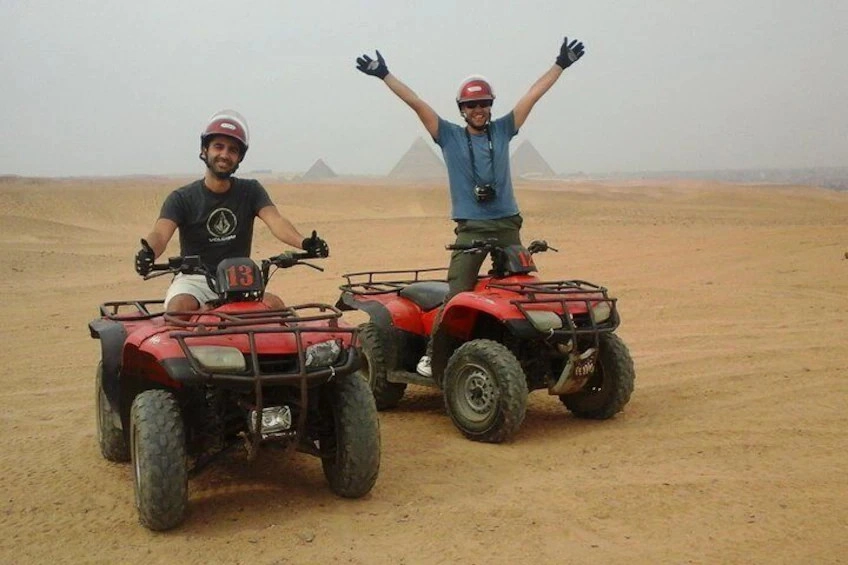
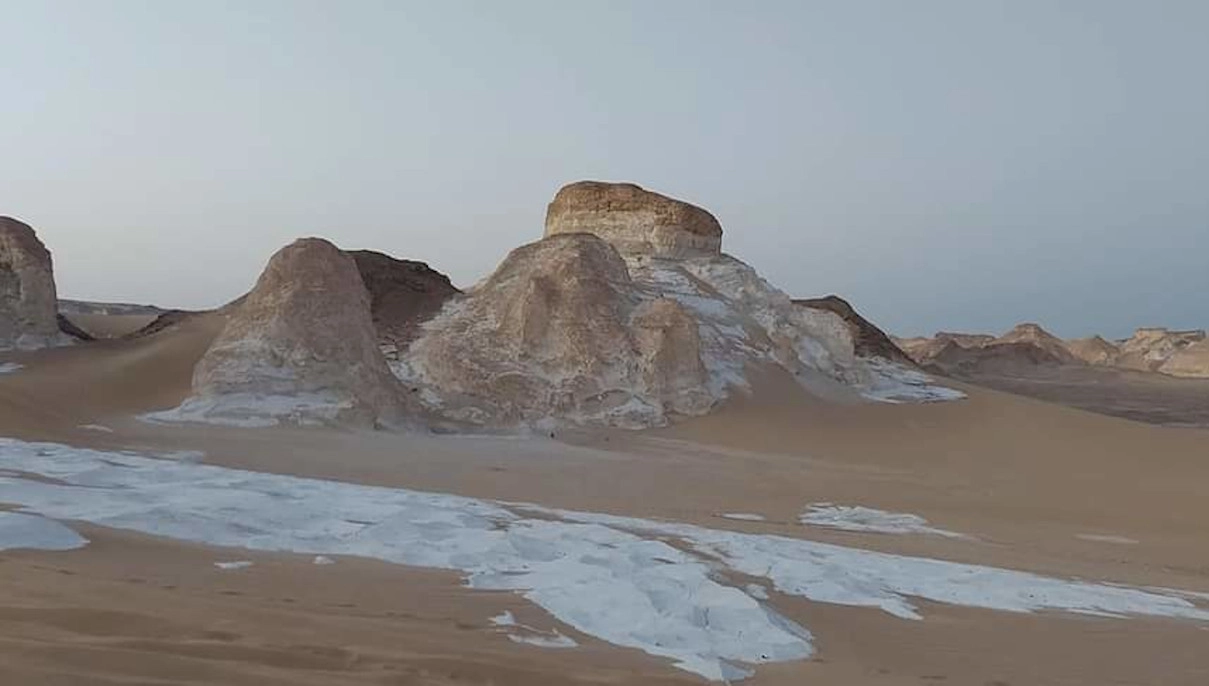
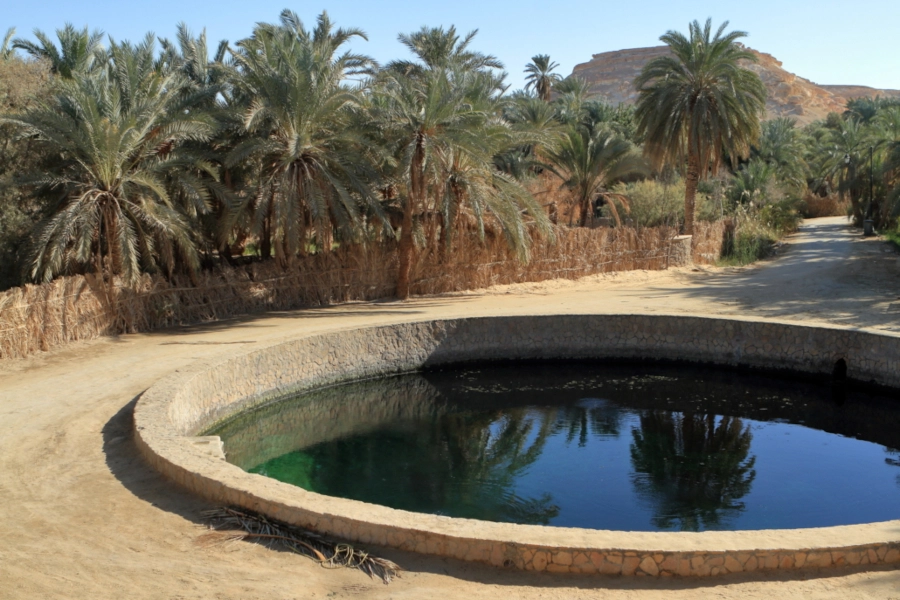
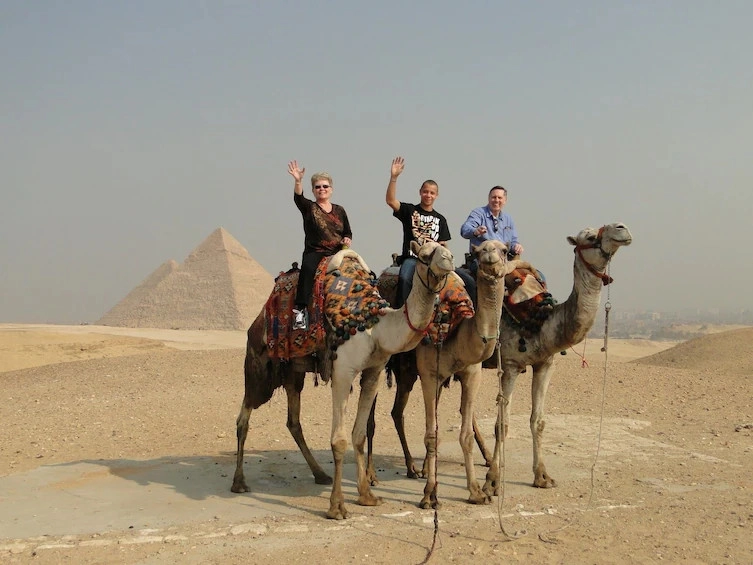
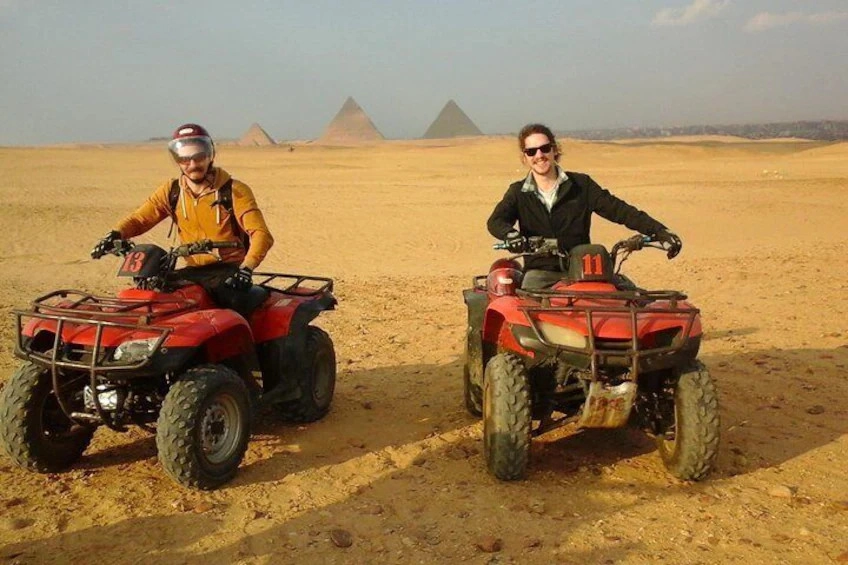



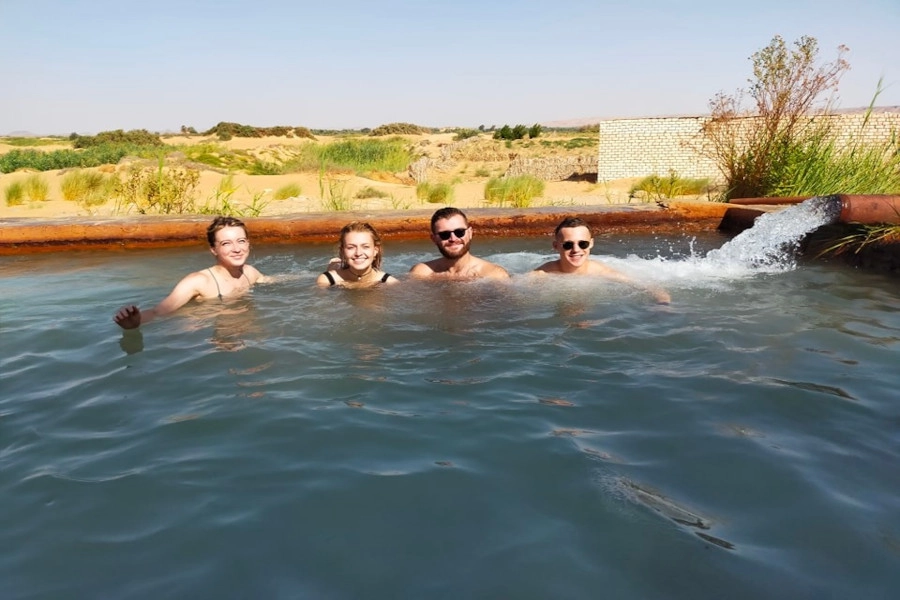
Egypt Desert tours from Cairo 9 days | Cairo to Siwa with White desert tour
- 9 Days
- Pick up: 07:00
£675
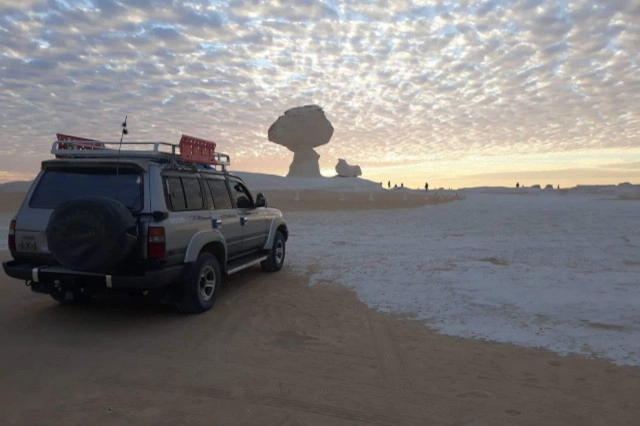
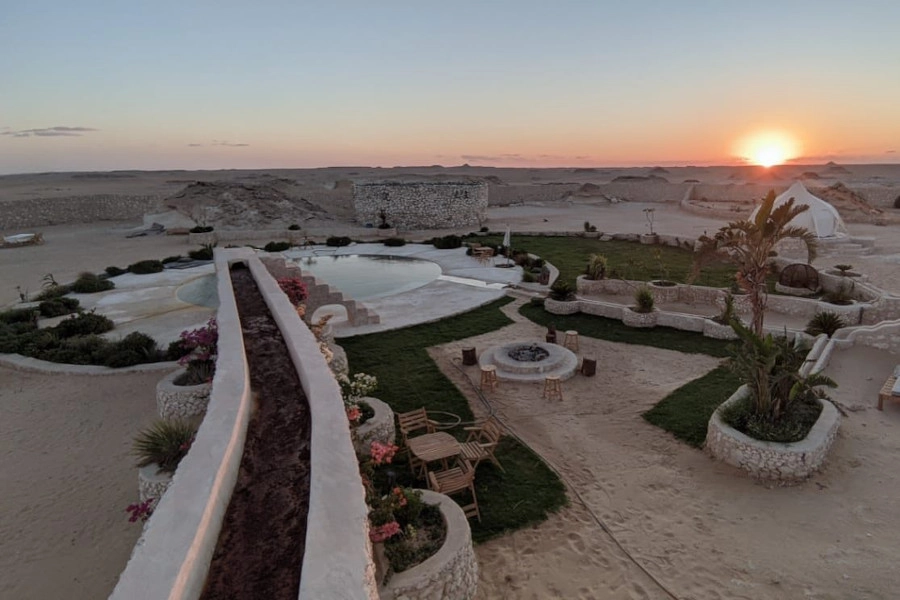
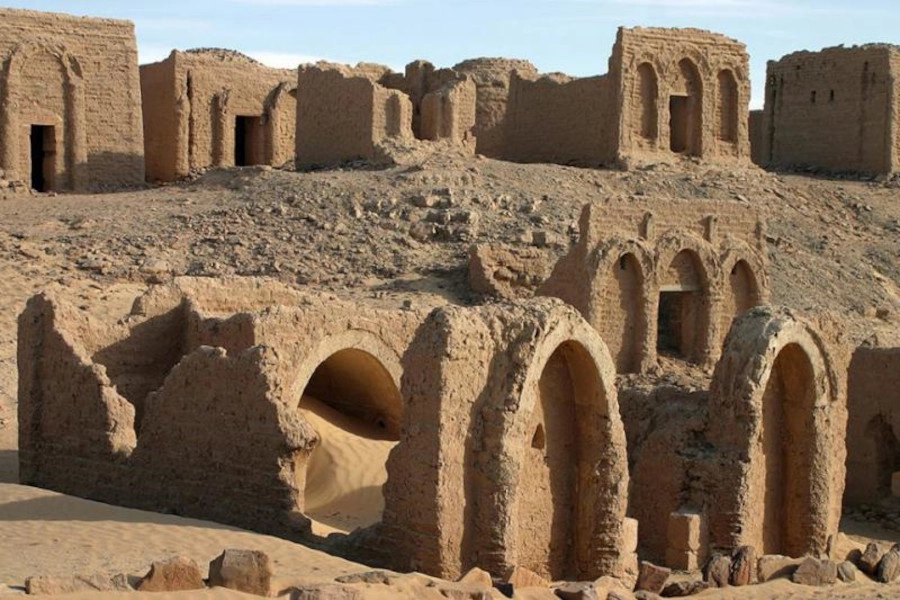
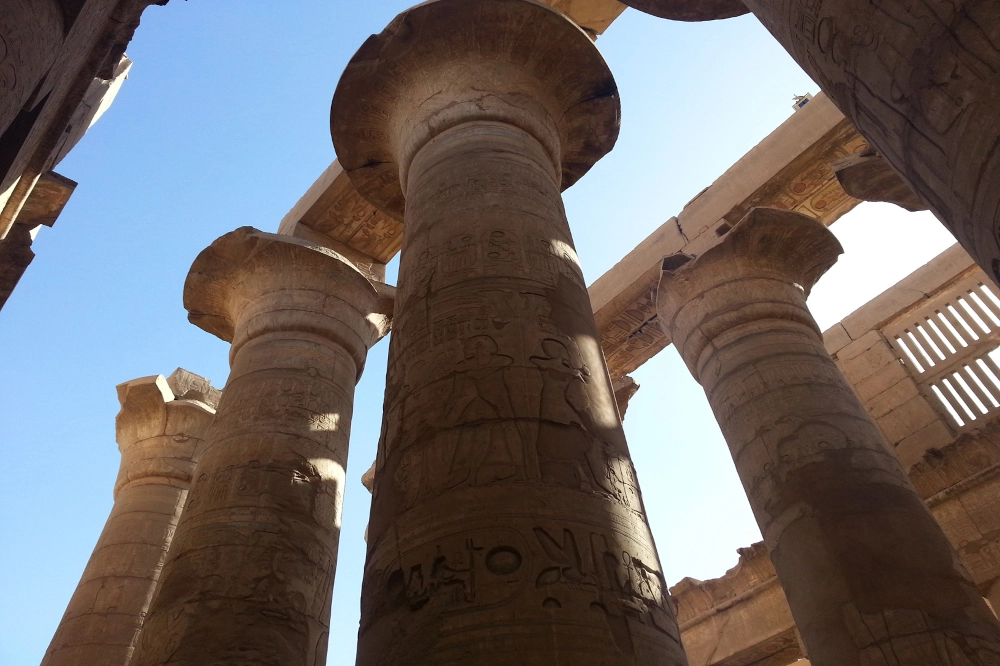

White and Black Desert tour Egypt with Gara Cave visit | Tour Bahariya Oasis From Cairo 3 days
- 3 Days
- Pick up: 06:00
£263
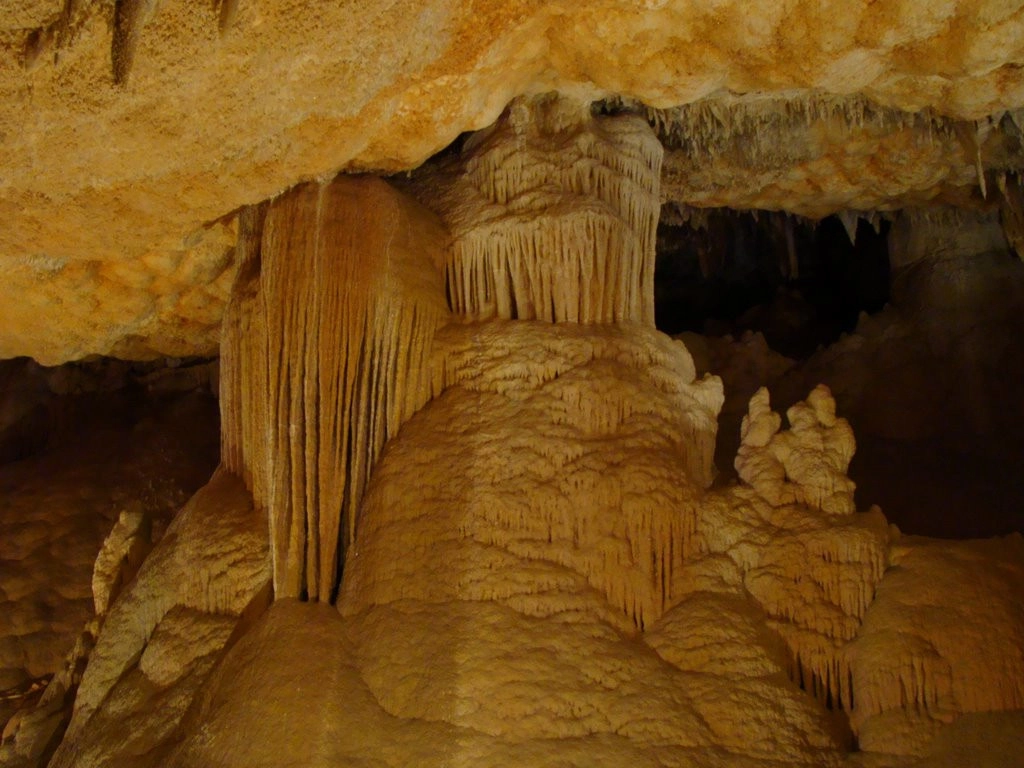
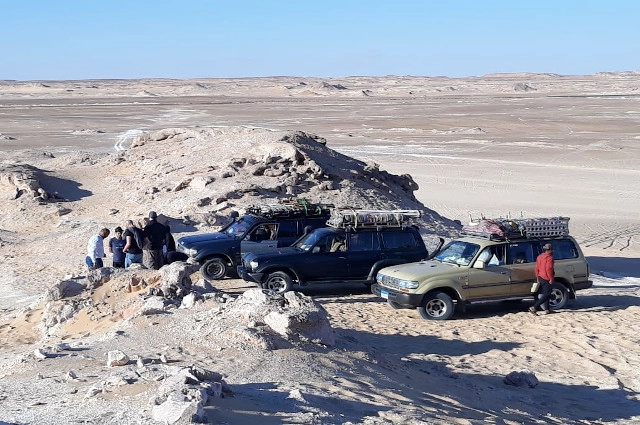
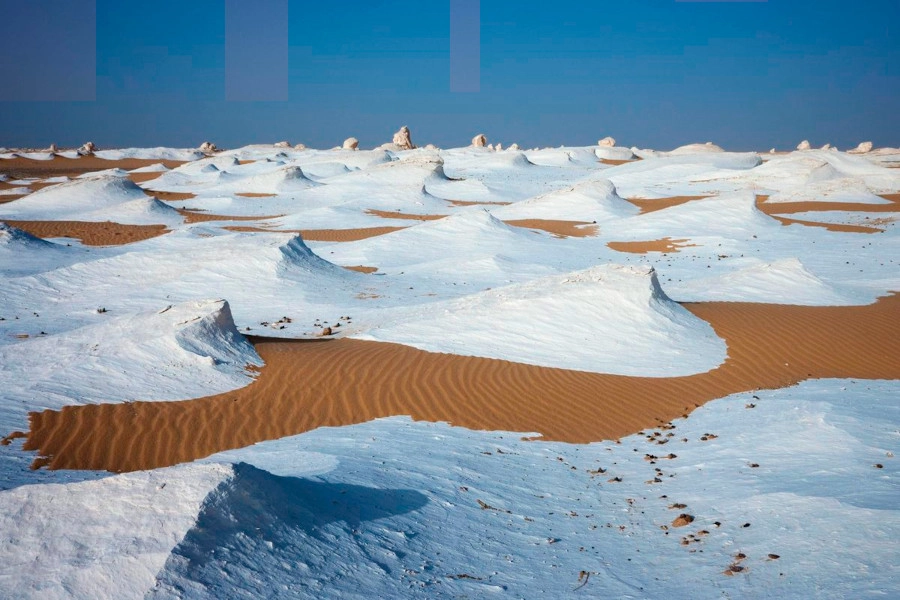
Cairo to Luxor via oases 5 days tour | Western desert safari tour from Cairo
- 5 Days
- Pick up: 07:00
£525
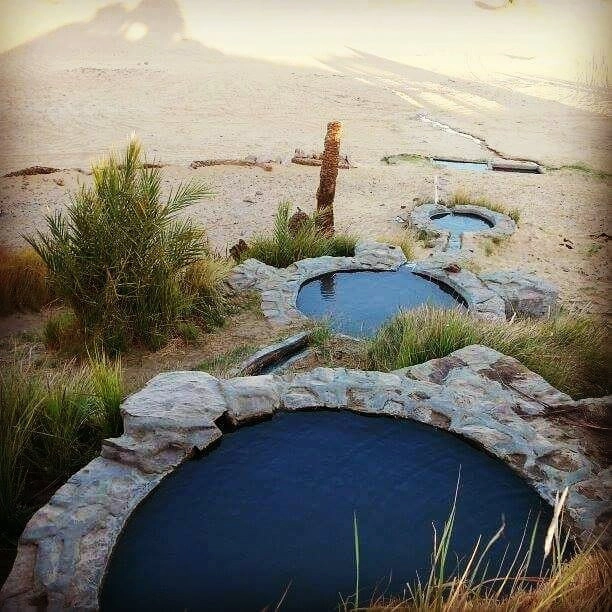
Reviews
★★★★★ 5 / 5
Дмитрий К , 30 Oct 2025
★★★★★ 5 / 5
Элеонора , 30 Oct 2025
★★★★★ 5 / 5
Надежда К , 30 Oct 2025
